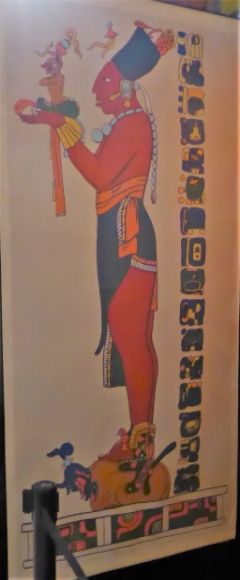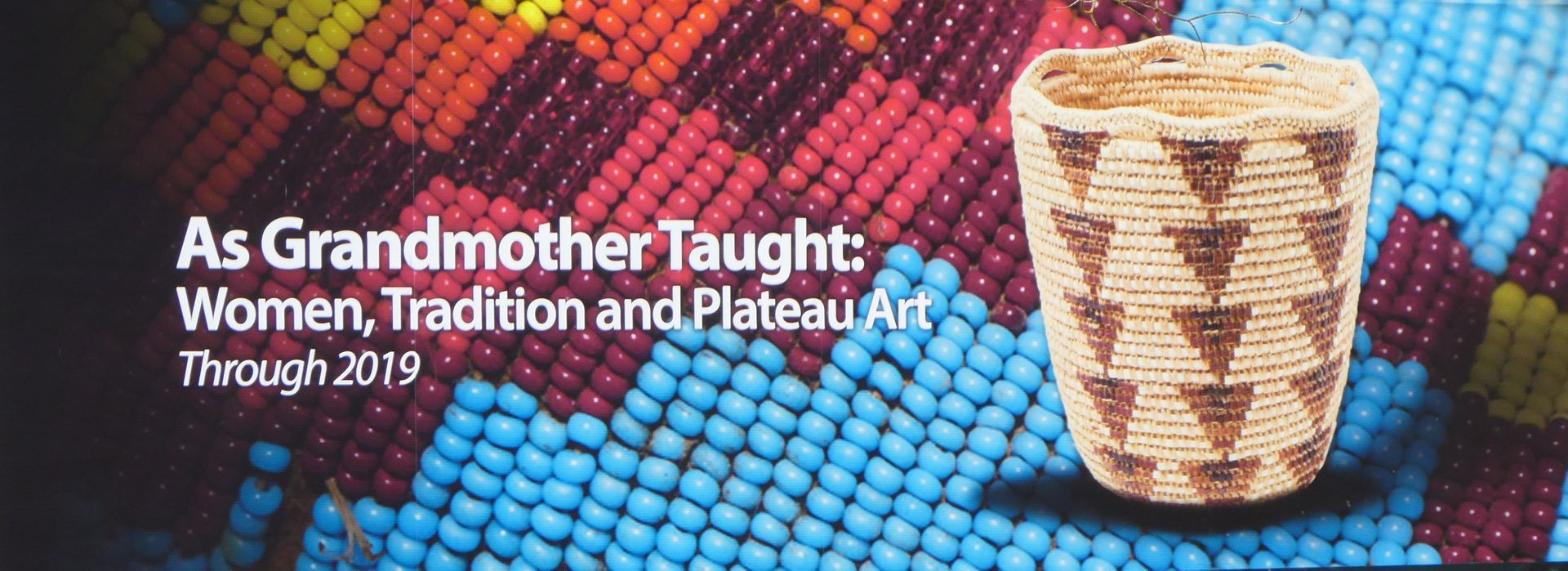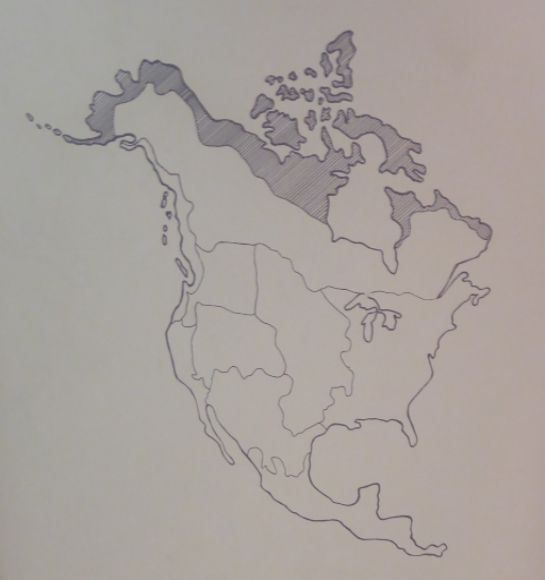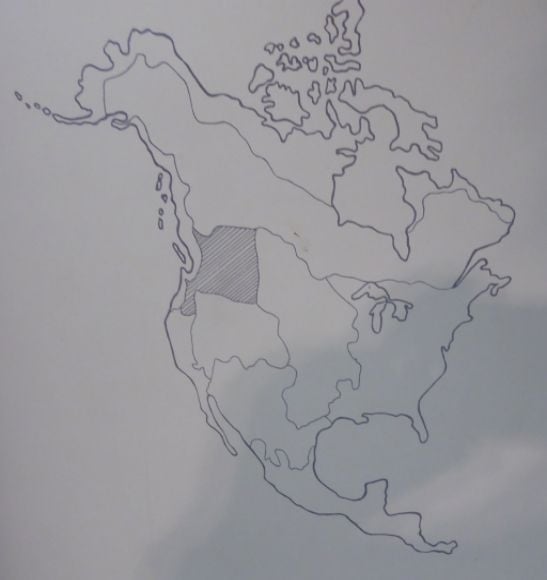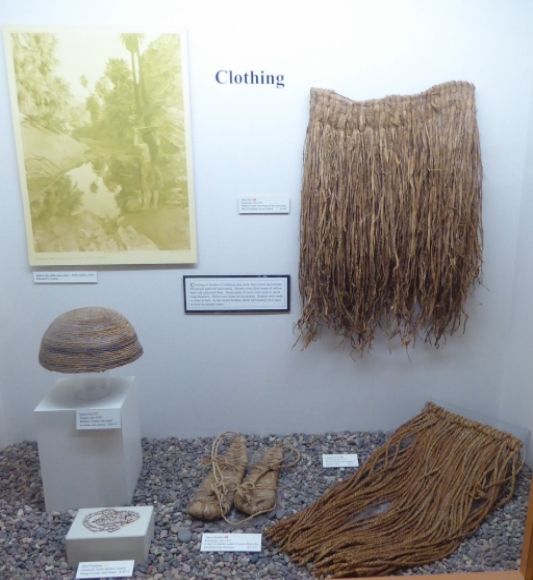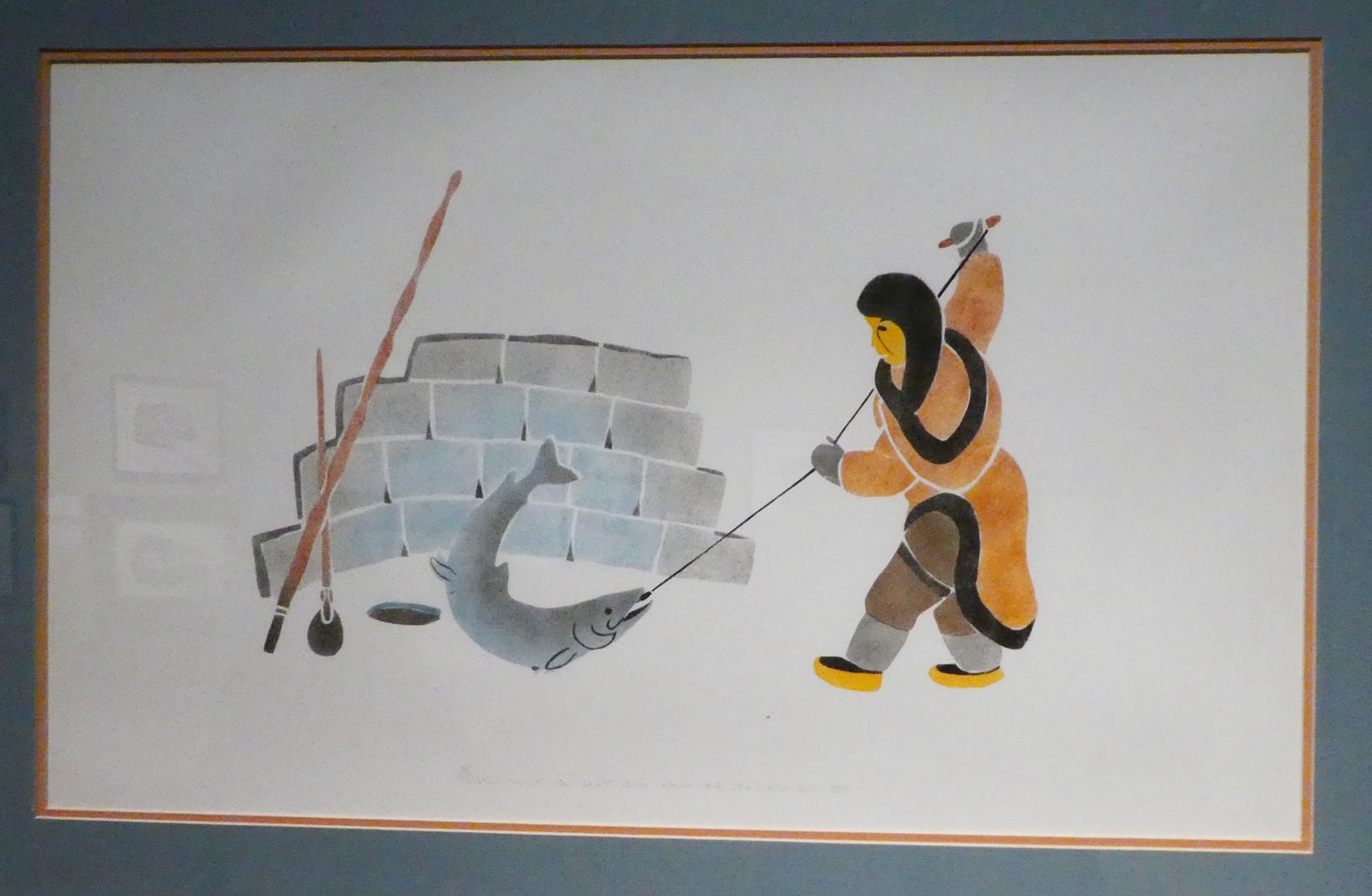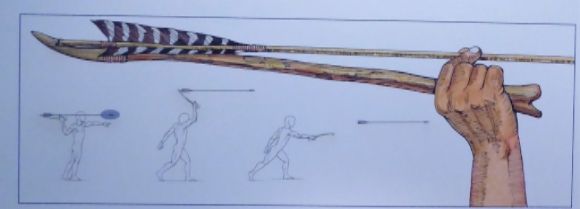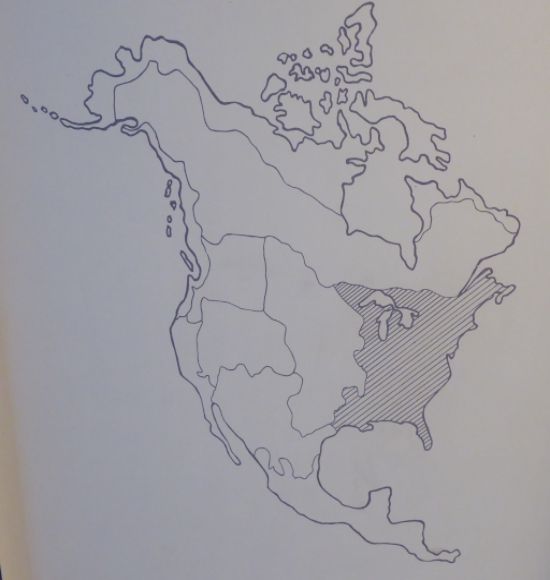Mesoamerican Stelae
Mesoamerica is the area from Mexico south through Panama. In this geographic area, a number of complex cultures emerged with subsistence patterns based on agriculture and wide-spreading trading networks. Like the ancient civilizations in other parts of the world, such as Mesopotamia, China, and Egypt, the Mesoamerican civilizations were characterized by cities, hierarchical governments, and … Continued
